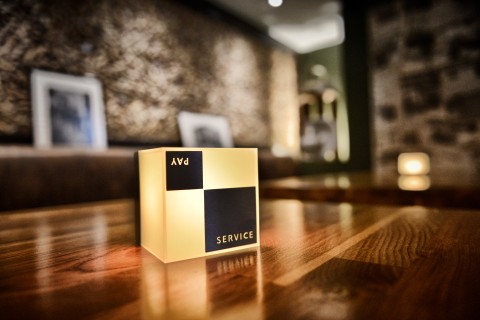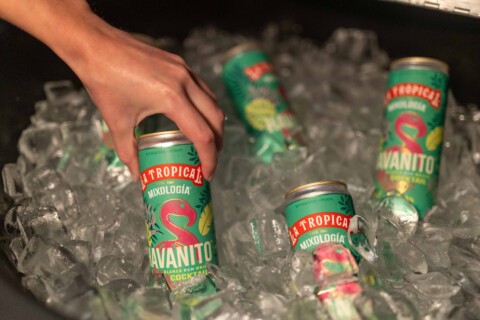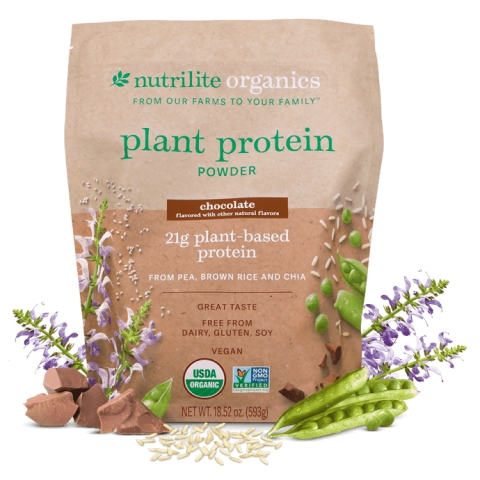LMB 1759 Export are exclusive collectors and traders of fine and rare Croatian wine. Guided by the idea that it’s always a good time to bring something new and different to the table; they were the first to introduce Croatian fine & rare wine to the auction market, and remain the only ones.
What makes this wine so special is its uniquely limited availability. These vintages have mostly been exchanged amongst friends – there’s been very little retail, and all of it was done locally in Croatia. What is left to be sold internationally, is in the hands of each respective winery, stored in their cellars.
The Croatian wineries LMB 1759 Export works with all have intriguing stories, and are extremely limited in number (Croatia is 1/10 of the size of France). Some vineyards date back as far as the 13th century. The annual production of some of the wine listed below can be as low as a few hundred bottles per year, which is in stark contrast to 90,000-100,000 bottles, being the average yearly amounts made by the Grand Cru estates from other countries,
The auction house they’ve worked with in Europe is Winefield’s Auctioneers, with HQs in Amsterdam and Singapore. https://www.winefields.com/en/ , who pride themselves with all the regular Grand Cru auction heavy-hitters (Petrus, DRC, Château d’Yquem, Brunello di Montalcino, etc.), and are the most well-known auction house in Europe. LMB 1759 Export are in the process of presenting their selection to the UK auction market. Since they are keeping an eye on entering the US market soon, you’re hearing about them here first!
Here is more info about their portfolio:
- Vina Cattunar – this winery lies on 4 different terroirs in Istria, resulting in different variations of the same wine, Their specialty is Istrian Malvazija. Vintages of 2013 and 2015 were mostly presented at auctions, though there are older vintages than that. Cattunar Winery takes advantage of grey soil (a dusty soil with 25% active lime, black soil (a predominantly black soil on marl), red soil (typical Istrian terra rossa) and white soil (mostly active lime) – altogether called the 4 Terre. The Black soil is by far the most warm, elegant and structured, maintaining the continuity of quality in all vintages while drawing the least amount of sugar (Malvazija 4 Terre Black Soil 2015). The Red soil, on the other hand accentuates mineralism and sapidity in Malvazija 4 Terre Red Soil. Annual production is between 3000 – 4000 bottles.
- Vinarija Bodren – a miniscule winery from Zagorje, the northern mountainous region near the border with Slovenia. Bodren Winery only makes Ice Wine and Select Dry Berry Harvest (from Traminer, Pinot Grigio, Riesling and some Chardonnay) packs in 0,25 l bottles. It is an exceptionally small vineyard (a few hundred bottles annually), however the winery was selected by Decanter for their Top 10 sweet wines list in 2011 https://www.decanter.com/decanter-world-wine-awards/latest-coverage/top-10-sweet-wines-38773/Vintages from 2003 to 2016 were presented.
- Vinarija Kiridzija – this “Dingac” wine comes from the eponymous wine-growing region of the Peljesac Peninsula and is made from the local Plavac Mali grape. This wine carries a ‘protected geographic origin’ stamp, as it is indigenous to the Dingac region. The grapes grow on limestone terrain (which is a defining factor in the luxuriousness and prestige behind French Grand Cru Burgundies), absorb 2800 hours of sunshine annually and are positioned at 45 degrees at 300m up from sea level. Strong, concentrated, ripe aromas of mature fruit with a high 15% ABV (alcohol content). Only a few hundred bottles are made annually. This particular winery has 30 year-olds stored in their cellar. Vintage of 2017 was presented in Amsterdam.
- Vina Antunovic – female founded and owned winery; in the northeastern region of Slavonia. This notable wine-growing region is known for its unique mineral soil (situated in a Danube river meander and surrounded by water 2/3 of the way). The region was heavily influenced by its Austro-Hungarian predecessors, hence the wine varietals still present today. Premium Grasevina 2013 was presented at auctions; it’s known for its golden color; intense flavor with warm mature fruit and floral notes. 2000 bottles produced/made.
- Vinarija Krajancic – small, family winery on the island of Korcula (Kolkyra), wine made out of ‘Pošip’ grapes brought in by the ancient Greeks before 400 B.C. (sort indigenous to the island, and not available anywhere else – 800 bottles/year made annually) Posip is a sweet white wine,generally light bodied, with around 12-13% alcohol content. Posip vintage of 2016 was sold at auctions.
- Vinarija Kabola – Winery in the Istrian region distinguished for its traditional fermentation method. Amfora Malvazija and Teran are local Istrian white and red wine, respectively (Teran is an exclusively Croatian, rich, robust red variety; was recently protected as an exclusively Croatian varietal); made in an ancient and traditional way. The crushed grapes (skin on) are fermented in large 2,000 litre amphora vessels buried in the ground near the winery. After a 7-month maceration process, the wine is aged in large local oak barrels (4,000 litre) for several years before bottling and further aging for around 6-12 months. This is the legacy of the ancient Romans and Greeks who had made wine in Croatia thousands of years ago, and used the same technique. 2016 vintages were presented.
- Vinarija Stina – located in the Peljesac Peninsula, this winery is set on a steep hilltop overlooking the sea; but only accessible by foot or with the help of a donkey :) It’s existed for hundreds of years and focuses on the Plavac varietal, which is an exclusively red Croatian varietal and the name of the grape itself that is used to make the Dingac mentioned above (ref. 3. Vinarija Kiridzija). The Stina ‘Masterpiece’ Magnum, a 2011 vintage was offered – with only 90 bottles still left.
- Vinarija Križ – a grandson and grandfather run winery passed on through generations, on the Peljesac peninsula off the Dalmatian coast, close to Stina’s. Also focuses on the Plavac varietal (which is why the Winefield’s Auctioneers booked Stina and Križ together), using a biodynamic technique. Plavac 2017 vintage was presented.
- Vinarija Fakin – Winery Fakin (Istria) received 96 points, gold medal, from the ‘Decanter World Wine Awards’, for its Malvazija La Prima 2017 (which is what was presented at one of the auctions) – one of the “largest” producers on this list with around 5000 bottles annually :).
- Vinarija Skaramuča – one of the first registered winemakers of “Dingac” in Croatia, in the Peljesac peninsula. This “Dingac” sort is a ‘protected geographic origin’ wine-growing region from the Peljesac Peninsula on the Croatian coast. The grapes grow on limestone terrain, absorb 2800 hours of sunshine annually and are positioned at 45 degrees at 300m up from sea level. Strong, concentrated, ripe aromas of mature fruit with a high 15% ABV (alcohol content). Only a few hundred bottles are made annually. This particular winery has it in its blood, and has an impressive collection of mature vintages from generations ago (which they don’t want to sell). Vintages of 2015 and 2016 were sold.
Read Also: Megan Day and Burnt Finger BBQ – Food & Beverage Magazine
- Misna Vina – (translated to “mass wine’ in english) this is a winery located on the premises of the Catholic Diocese in Djakovo, Slavonia (north-eastern Croatia, close to the Danube river), and boasts itself with the tradition of priests making wine for mass. This winery has been with us since the 13th century, for church mass and private use. They then turned it into a winery called “Misna Vina” (Church Mass Wine). They’ve also been a captivating presence at several international competitions. Additionally, have an exceptional cellar that is kept very hush-hush (dated from centuries ago), which they are not very keen on publicizing. It’s survived 2 World Wars, and 1 Independence War. Traminer Ice Wine 2008 was presented in an auction.
LMB 1759 Export also works with about 30 more boutique Croatian wineries, though they haven’t yet presented that respective wine at an auction or a pre-auction tasting event.








